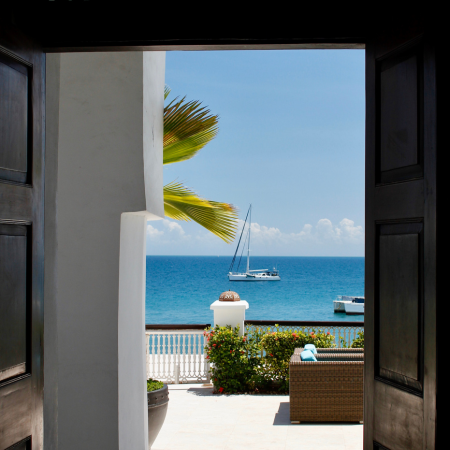
Zanzibar is one of the Indian Ocean islands and is situated on the Swahili Coast, adjacent to mainland Tanzania. It is a semi-autonomous part of Tanzania in East Africa. Famous for its pristine beaches and opportunities to relax, swim or go on a diving adventure, it is also known as ‘spice island’.
The island’s history goes back many centuries and is strongly intertwined with the lush plantations. In the early 19th century, when the Sultan of Muscat moved his court to Zanzibar, spice cultivation was developed (particularly the clove tree).
The Stone Town of Zanzibar served Arab traders as a base for voyages between Arabia, India and Africa. With its winiding lanes, ciruclar towers, carved wooden doors, raised terraces and beautiful mosques it is a fine example of the Swahili coastal trading towns of East Africa. It retains its urban fabric and townscape virtually intact and contains many fine buildings that reflect its particular culture, which has brought together and homogenized disparate elements of the cultures of Africa, the Arab region, India, and Europe over more than a millennium.
But Zanzibar also has a lot to offer to nature lovers: Endemic mammals with continental relatives include the Zanzibar red colobus, one of Africa’s rarest primates, with perhaps only 1,500 existing. Isolated on this island for at least 1,000 years, the Zanzibar red colobus (Procolobus kirkii) is recognized as a distinct species, with different coat patterns, calls, and food habits than related colobus species on the mainland.
